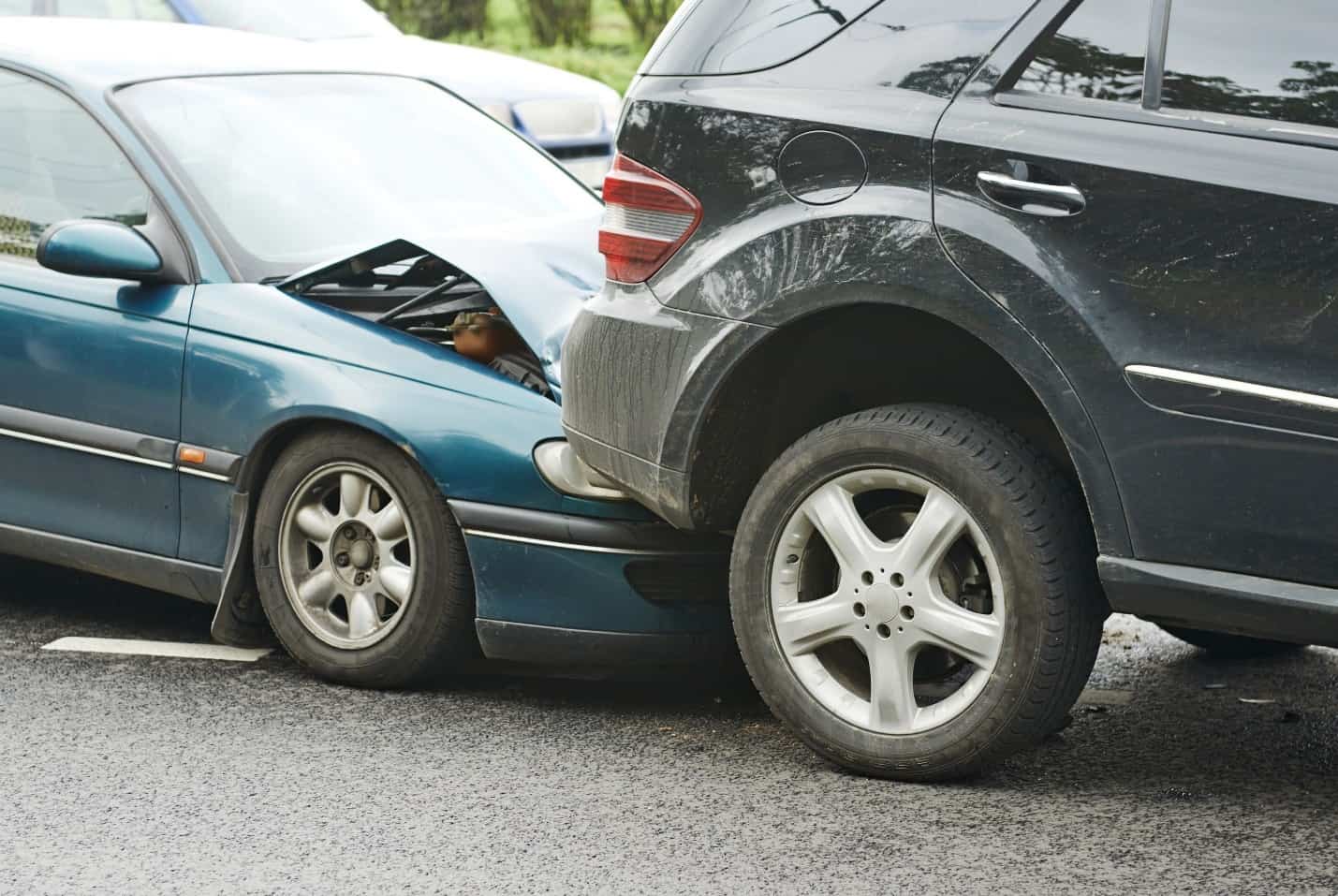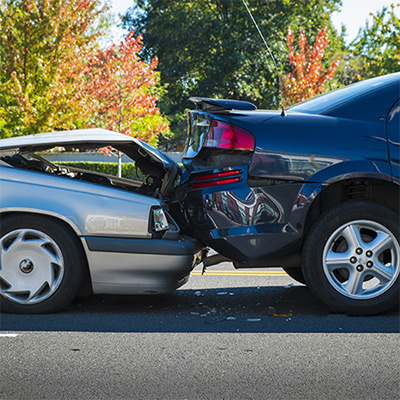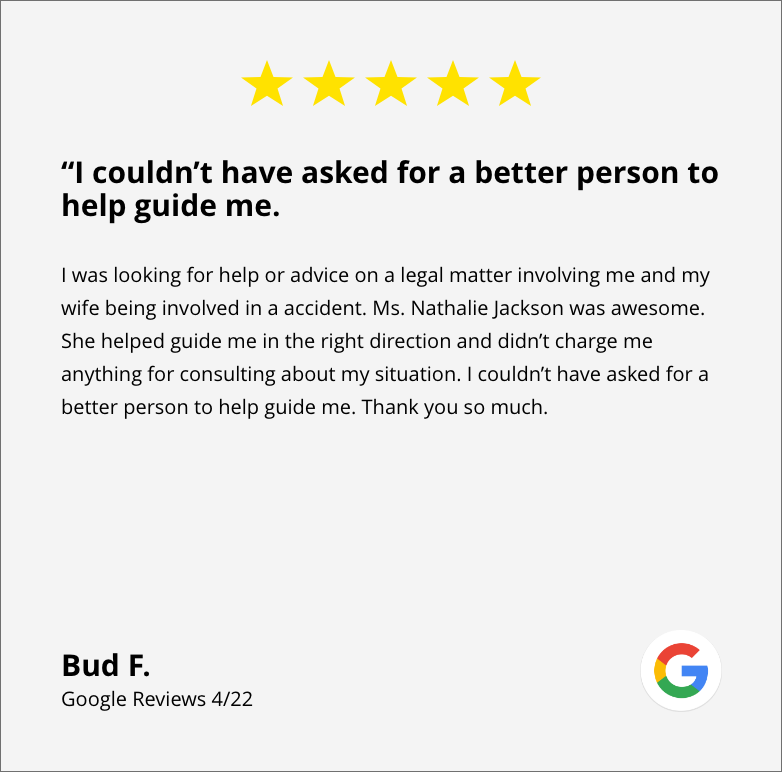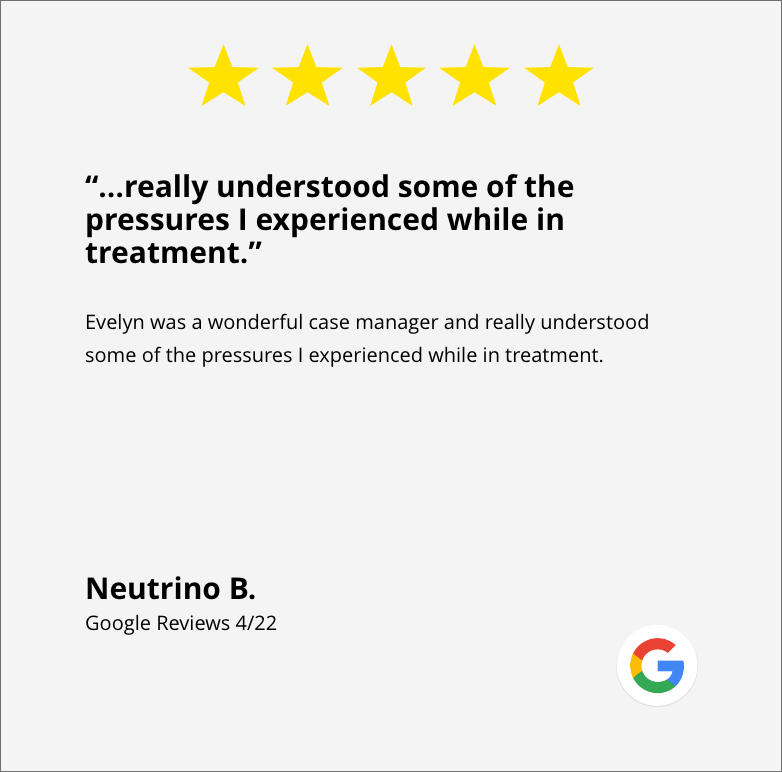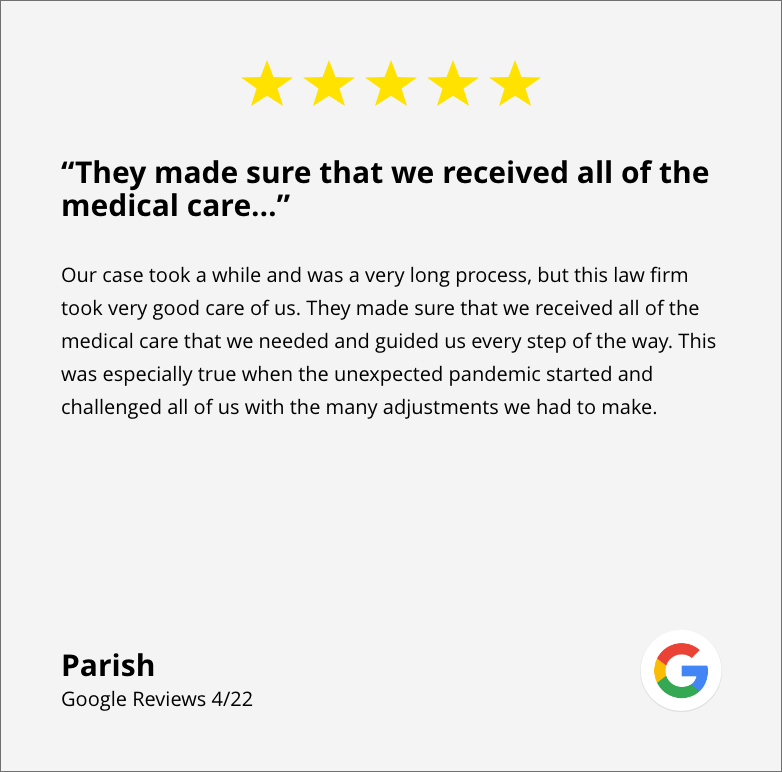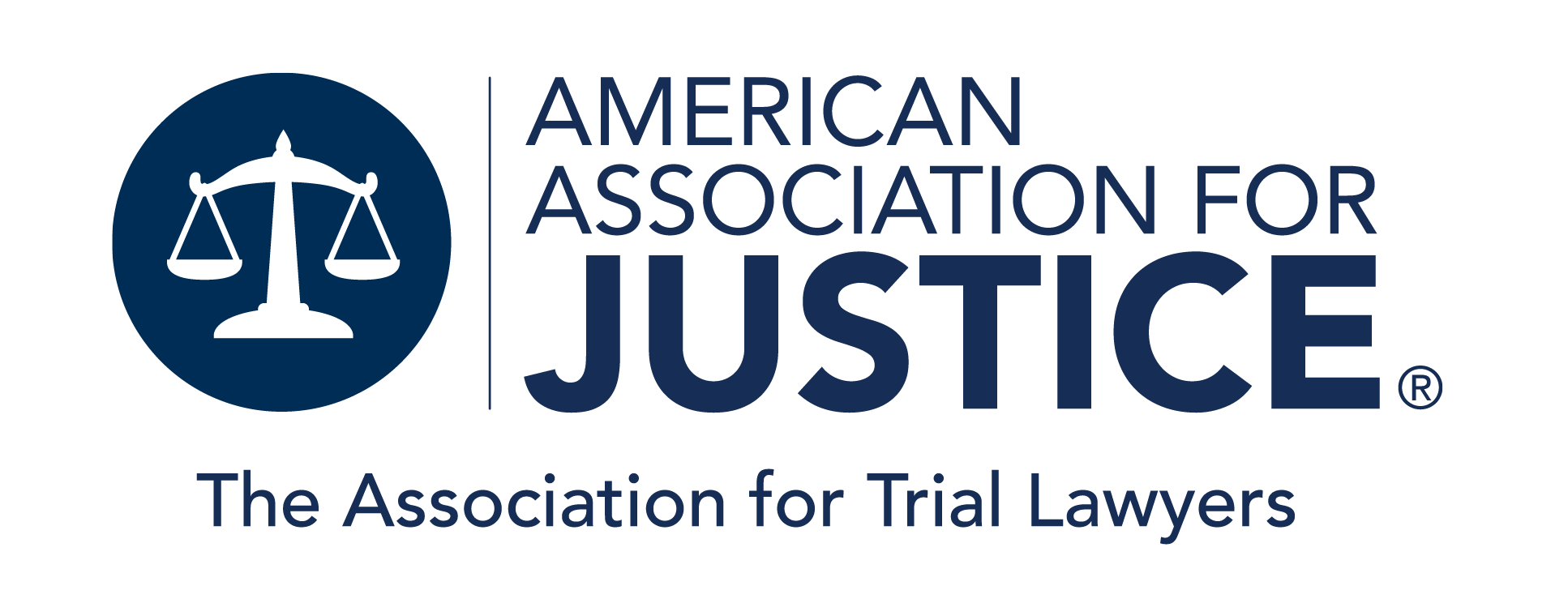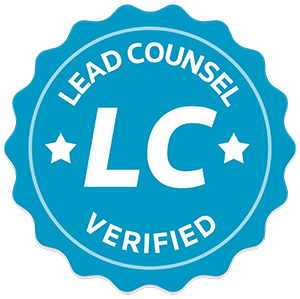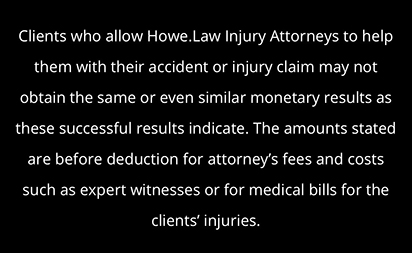If you were injured in a car accident, you are likely considering filing a lawsuit against one or multiple parties. Courts require evidence showing that the defendant is at fault, and the burden of proving that fault is squarely on the plaintiff in a car accident lawsuit.
To prove fault in a Georgia car accident lawsuit, you need to prove that the defendant was “negligent.” While negligence generally means the same thing that it does in common parlance – that someone wasn’t careful enough – you need to show specific things to prove that the defendant was negligent in a court of law. You need to establish four “elements,” or parts of negligence, for a court to find the defendant liable. Those elements are “duty,” “breach,” “causation,” and “injury.” Duty and breach mean that the defendant had a responsibility to you that they failed to uphold. Causation means that the defendant is responsible for your injuries, and injury means that you were actually injured. If you can all of those elements in court, you can prove fault in a Georgia car accident lawsuit.
To start discussing your case, call Howe Law at (844) 876-4357 to get a free case review from our Georgia car accident lawyers.
Proving Negligence in a Georgia Car Accident Lawsuit
To prove fault/negligence in a Georgia car accident lawsuit, you need to establish four “elements” or parts of a negligence claim. Those elements are duty, breach, causation, and injury. If you cannot establish all four elements in court, the defendant cannot be liable. For that reason, sometimes the defense will focus on casting doubt onto one of the elements that they feel they have the best shot at bringing into question. Therefore, it is good to have as air-tight a case as possible so our Atlanta car accident lawyers can prove each element of negligence in your lawsuit.
Duty
In law, “duty” means that the defendant had an obligation to the plaintiff. Sometimes, a legal duty is spelled out explicitly in a law or a contract. However, there is also a more general legal duty of care that people have based on specific situations. Essentially, this means that drivers need to use “reasonable” care to try and make sure that they do not hurt someone else. In this instance, “reasonable” means that a driver acts as an ordinary, responsible driver would under the circumstances. For example, drivers should keep their eyes on the road and drive with the flow of traffic, generally.
It should be noted that the standard conduct of an ordinary, reasonable person is more stringent than one may expect. For example, the real-life ordinary, reasonable driver might speed or run a red light from time to time, while, under the legal standard, the reasonable driver will never run a red light or speed.
Duties can also be put in place by specific laws. Traffic laws often create specific duties, such as the duty to stop at stop signs or drive under the speed limit. There is also a duty to drive sober, avoid distracted driving, avoid following too closely, and so on.
Breach
Breach simply means that the defendant did not uphold their duty to the plaintiff. For example, if the defendant hit you while speeding and running a stop sign, they breached their duty. It makes no difference whether we allege a breach of a general duty or a duty to follow a specific traffic law, except that proof of breach will be different for each situation.
Causation
In many negligence-based personal injury cases, the causation element is the most argued-over element in the entire case. This is because proving that the defendant caused your injury is the area where lawyers are usually able to inject the most doubt or uncertainty. If the defense can convince the jury that it is more likely than not that the defendant did not cause your injuries, the jury will not be able to find the defendant negligent.
To establish that a defendant caused your injuries, you need to prove not only that they were a “cause in fact,” but also the “proximate cause” of your injuries. A cause in fact is simply anything that contributed to your injuries in any way whatsoever. For example, if a driver heads out on their morning commute in a very bad mood because they got in an argument, then runs a red light and hits you, the argument the driver had is technically a cause of your accident.
However, you must also prove that the defendant’s acts are the “proximate cause” of your injuries. This means that the defendant’s conduct must be sufficiently related to your injuries for you to be able to hold them liable and recover damages. For example, the argument is a cause of your injuries in the above example but is not closely related to the accident. Instead, we would look at an event that occurred closer in time and place to the accident, such as the driver running a red light. Their conduct on the road is generally where we will look for the proximate cause of your injuries.
Injury
Injury means that you were actually injured in the accident. If you are not injured, you do not have what is called “standing” to sue the defendant in court because there is nothing to sue for. Injury does not need to be physical, like broken bones or bruises. For example, if you were in a car accident and later got diagnosed with post-traumatic stress disorder (PTSD) or suffered PTSD-like symptoms, that can qualify as an injury to prove this element.
Discuss Your Case with Our Georgia Car Accident Lawyers
Howe Law’s Athens, GA car accident lawyers give free case reviews when you call (844) 876-4357.
Related Articles

